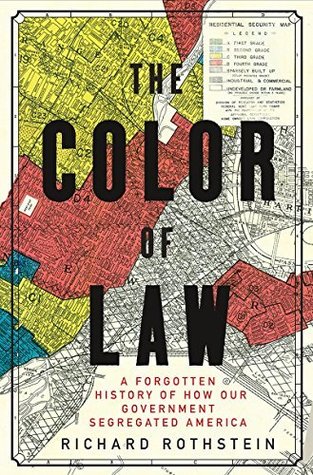More on this book
Community
Kindle Notes & Highlights
How much farther on the socioeconomic ladder would they have been able to climb if they had grown up in a well-educated household as a result of Terry and her sisters being permitted to attend a high school that was designed for students “who can profit from the academic program,” rather than one that instead offered manual training?
But the principle supported his conclusion—that government remedies for segregation were impermissible—only because he assumed an inaccurate factual background: that residential segregation was mostly created by private choices.
Residential segregation was created by state action, making it necessary to invoke the inseparable complement of the Roberts principle: where segregation is the product of state action, it has constitutional implications
In the twentieth century, federal, state, and local officials did not resist majority opinion with regard to race. Instead, they endorsed and reinforced it, actively and aggressively. If government had declined to build racially separate public housing in cities where segregation hadn’t previously taken root, and instead had scattered integrated developments throughout the community, those cities might have developed in a less racially toxic fashion, with fewer desperate ghettos and more diverse suburbs.


